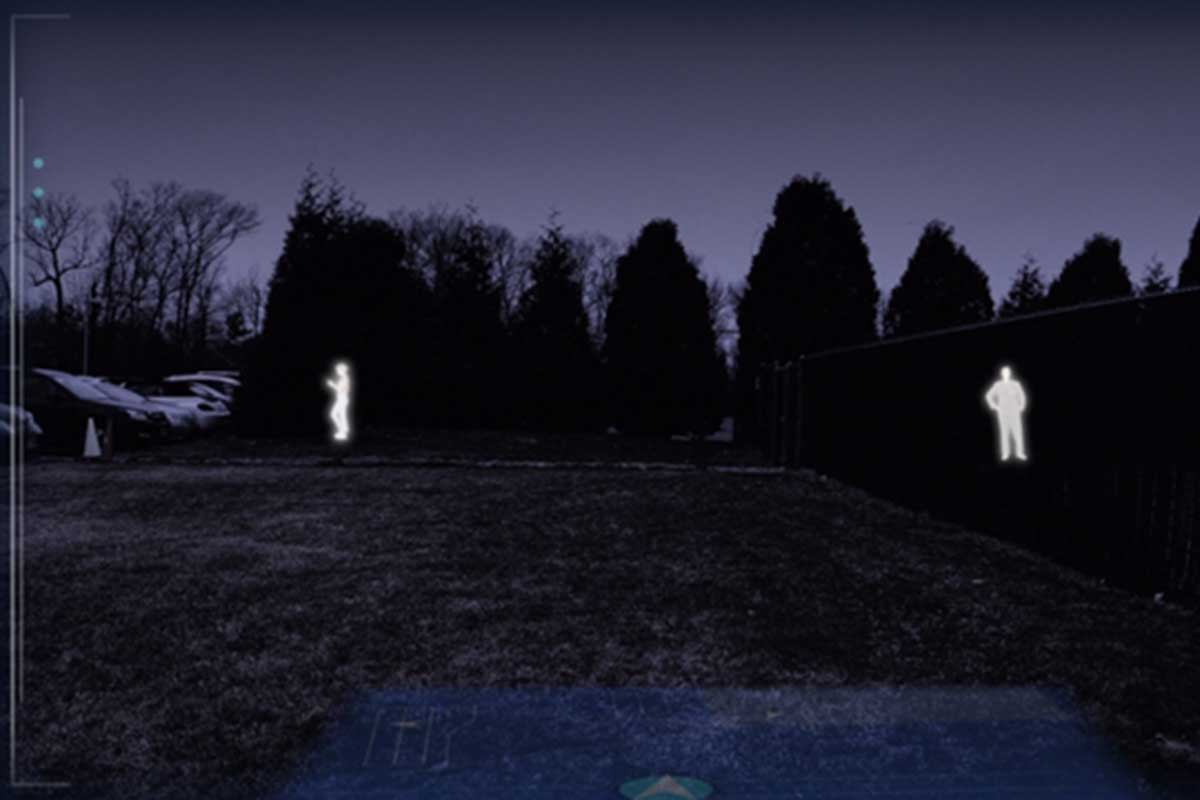Ladies and gentlemen, it is no longer a Hollywood gambit. Enter
today’s new warrior, suitably armored against saber-rattling offensives,
namely, that of the exoskeleton. And this is no transcendental schism, a
distortion of one’s imagination, drawing heavy on science fiction
characters and molded in the form of an animated, often times quirky
super hero.
Dignitaries and attendees to the Stefania Palota Honved Cultural
Center, witnessed firsthand and up close an array of highly refined
technologies hosted at the Digital Soldier 2.0 Conference Exhibition, in
which classic weapons and firearms, including drones, virtual and
extended reality goggles, accentuated by the PTE team and their
high-tech exoskeletons, all welcomed the brave, the curious and
intellectual thrill-seekers.
The prophet’s message was clear. In the battlefields of the near
future, and to varying degrees, the present, today’s warrior must
increasingly cooperate with "intelligent" machinery and sophisticated
forms of equipment and the time is rapidly approaching when the human
body and mind will also undergo transformation.
How will this change affect the role of soldiers and how will this
change society as a whole? Based on the lectures of the conference,
experts from the world's leading military powers are still looking for
answers to these questions. This evolutionary change is not limited to
tomorrow’s infantry. The future impact regarding these changes in our
society is one of today’s most important questions pondered by the
scientific world.
Artificial Nervous Systems
Interestingly, topics of warfare are organically linked to wider
technological-social changes, such as the dawning of the Artificial
Intelligence revolution. As Dr. Laszlo Toth, Associate Professor of
University of Szeged, has shown, “Although the ‘general’ artificial
intelligence that can perform beyond the human mind is still far away,
‘narrow’ artificial intelligence forms are yet far beyond human
performance in certain areas. The use of these specialized AIs are
becoming more widespread and acquiring new victories over people every
day.”
To cite an example, consider for a moment, the deep neural networks
simulating the functionality of the human nervous system, and the
associated breakthroughs achieved in recent years regarding the field of
interpreting visual information and speech interpretation. Deep
learning systems can capture the gender, age, height, weight, or illness
of an unknown speaker, which may play a major role in the early
detection of Alzheimer's disease. Ironically, AI may likely prove
effective in distinguishing between machine and human forms of speech.
Centaurs: Reality from Myth?
The artificial intelligence revolution and other technological
breakthroughs recently developed was not followed by evolutionary human
development, thus it raises polarized issues in reference to the
military.
Heap more responsibility upon machinery, or will technology preserve
human engagement? Are we headed towards a dystopian state in which
humankind is governed by technology? The response of the United States,
the world's leading military power, to this dilemma is the Centaur
Warfare, a hybrid model culminating in the combination of human
decision-making and machine speed, strength and precision.
Dr. Amy A. Kruse, Senior Scientist at the Platypus Institute for
Applied Neuroscience Research, hosted a presentation regarding modern
centaurs. Kruse was previously employed as a Program Manager for DARPA,
the US state-of-the-art military research agency (thanks to DARPA and
its predecessor, ARPA, we have the Internet, the emergence of GPS and
self-driving cars). Her presentation was indeed impressive, to the point
of ominously surreal, dependent upon one’s perspective regarding the
future.
Expressively, real-time monitoring of the brain makes it now
possible, in consideration of today's technological advances, to
separate the brain pattern of individuals appointed with outstanding
performance in a particular area (such as marksmanship) and implement
this technology to accelerate training and improve efficiency. During
the panel discussion following the lectures, it was stated, according to
a neuroscientist in attendance, “Up and downloading memories into the
human brain may be realized within a 5-10 year timeframe, since the
basic technology is now available.”
External Skeletons
In addition to brain capacity enhancement, the Centaur model also
features novel physical development, as in the form of sensory
refinement. Kruse has rekindled existing examples such as implantation
of magnets in the fingers to detect magnetic fields
(https://en.wikipedia.org/wiki/Magnetic_implant), and an implantation
"compass" in the chest. An obvious solution vastly improving physical
strength and endurance is the exoskeleton.
Although exoskeletons have been used throughout industry for decades,
the developmental technology (for example, modern batteries as an
independent power supply and advanced electronic control system) is
rapidly becoming increasingly commonplace regarding military
applications and healthcare. Researchers and engineers at the University
of Pecs have presented a smartwatch-controlled Rewalk exoskeleton which
can climb stairs, up and down, and can function several hours on a
single charge.

The growth and development regarding exoskeletons clearly
demonstrates the centaur approach and proves operational throughout
“civilian” capacities. Today, exoskeleton technology can accomplish an
important role in the rehabilitation of disabled individuals or can aid
in various disaster relief tasks. The research in Pecs is currently
aimed toward rehabilitation, as Dr. Luca Toth, Head of Medical
Innovation at the PTE 3D Project, recently stated, “There is not enough
data yet available to predict how these tools can affect the recovery of
lost mobility functions in the long run, while on other hand,
technology becomes more and more accessible.”
Participation in the conference is also one of the first steps in a
long-term cooperation. Since military research is synonymously linked in
terms of synergy, often associated with civil research and development,
the PTE projects an increased interest in the efforts of the PTE 3D
Center, the PTE MS Simulation Center, and the Department of Operational
Medicine.
In pursuit of the various methods regarding the implementation of
virtual reality, the possibilities today are poised at the epicenter of
science, the threshold of 3D technology, and emerging healthcare
solutions and the Hungarian Defense Forces can ideally reap immense
dividends.
See the full (Hungarian) version of this article:
hvg.hu/tudomany/20190508_digital_soldier_2_0_konferencia_jovo_katonai_haditechnika
Miklos Stemler

